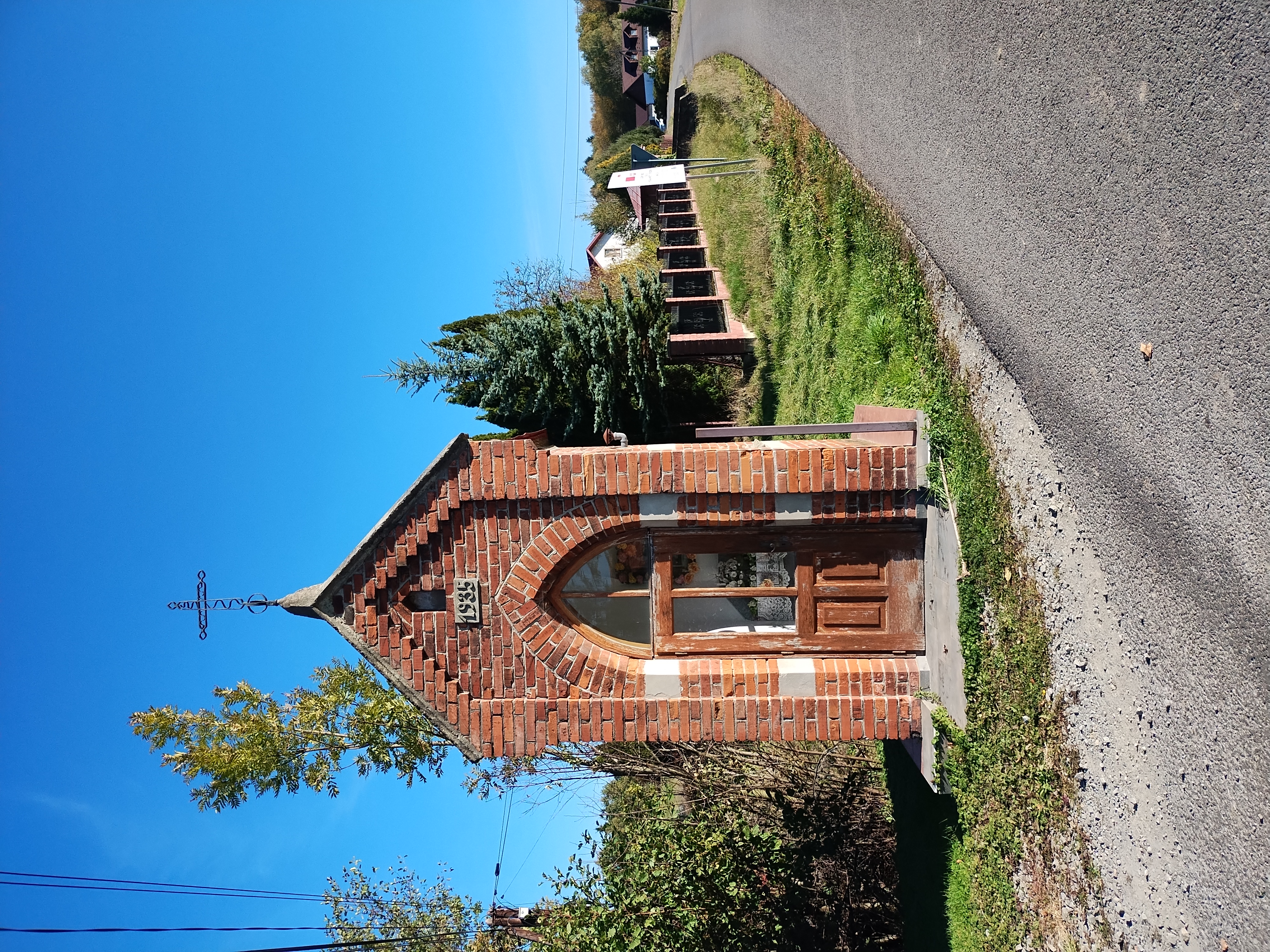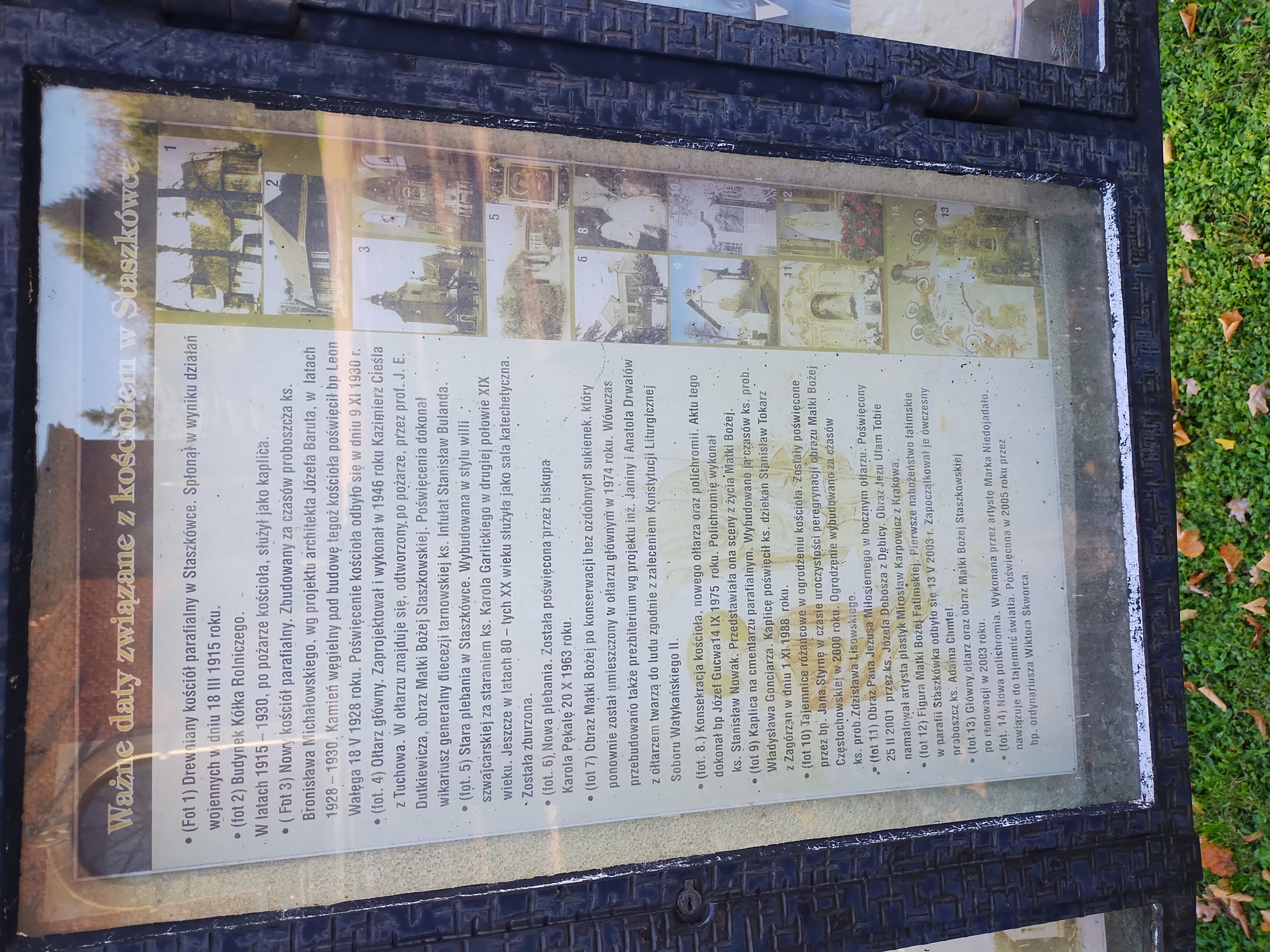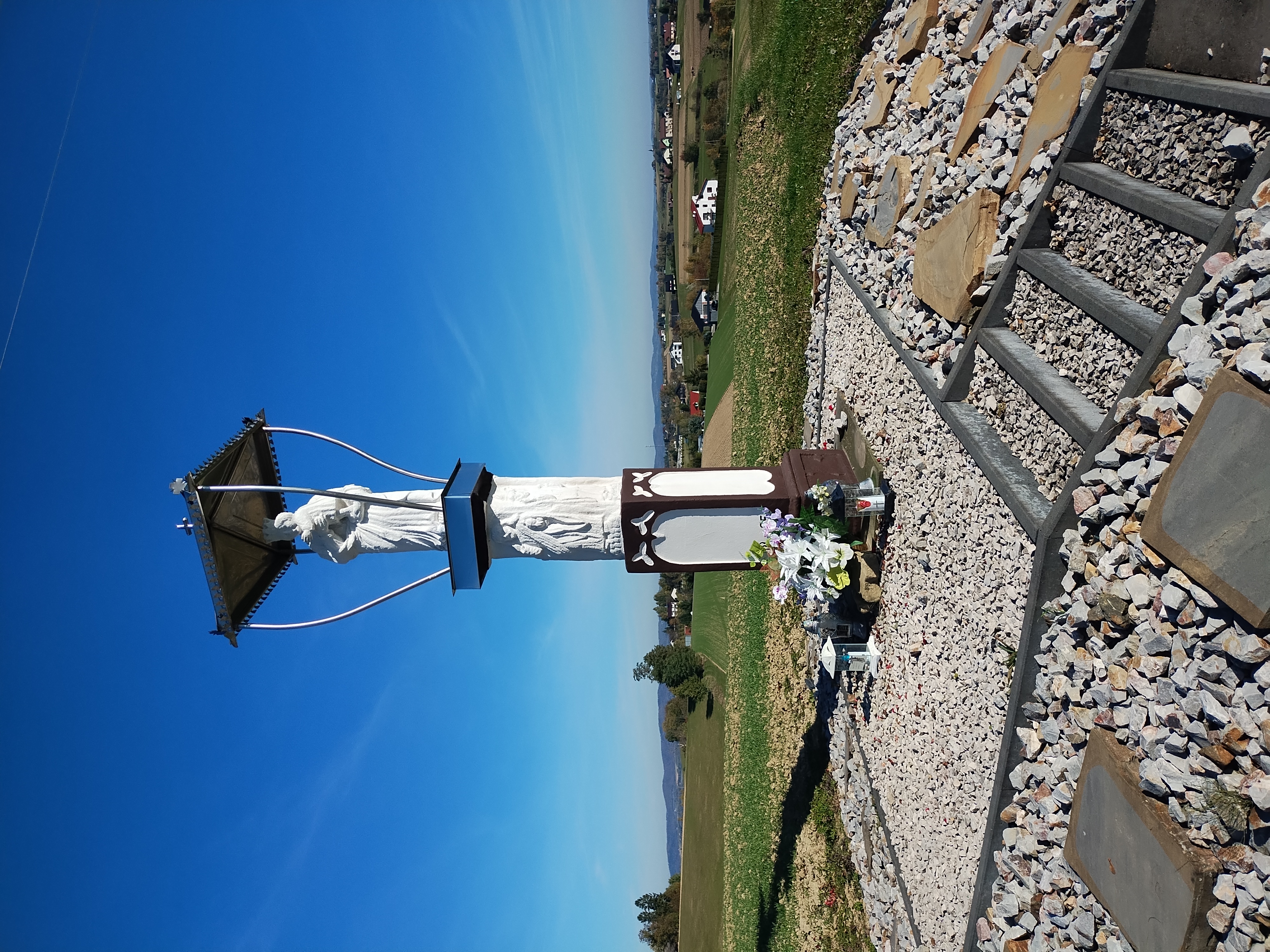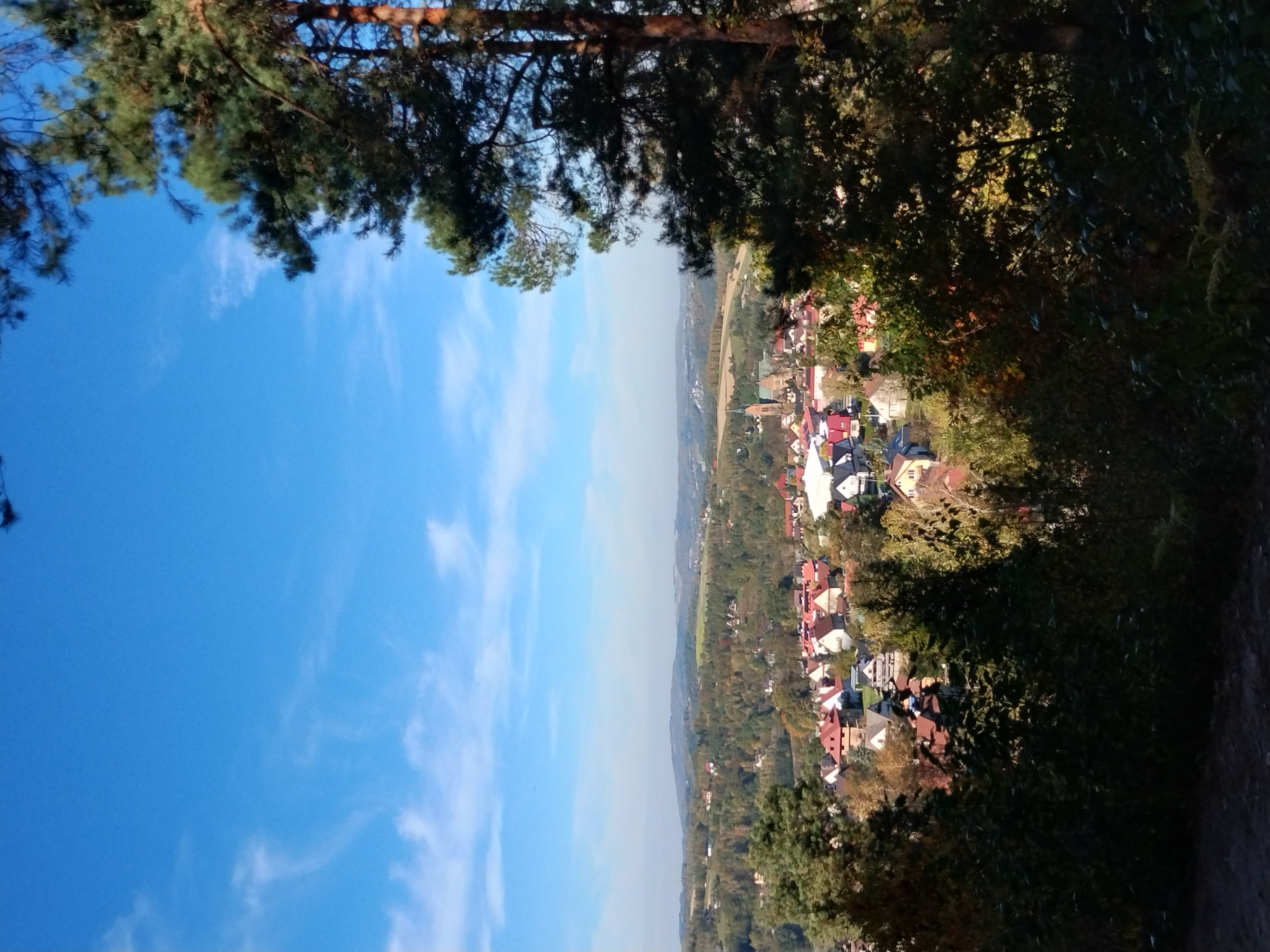Georeactor Blog
RSS FeedVisiting family history in Poland
I've posted before about finding out British and Irish ancestry on 23andMe, and in 2018 I visited the village of Oiron where my surname comes from. But when it comes to living memory and tradition outside of TV sitcom Americana, we could be considered Polish-American. In my childhood brain these ancestors merged with my great-grandparents, a visit to Ellis Island, and An American Tail, but over time I understand that my mom's ancestors were Catholic, worked in the mills, and 100 years ago were all in Fall River.
Around the turn of the century, my Polish great-great-grandparents immigrated from Staszkówka and one of several villages named Pawłów. It was possible for me to visit the former on a day trip from Kraków.
I took the early train to Tarnów, grabbed a pastry, then rode the one morning run of the A23 bus southward.
I get dropped off in Moszczenica, which is uncannily like my grandmother's town in western Massachusetts:

I hike up to an observation tower and look west:

I walked toward town. Early on I saw this quaint old Catholic shrine, but it says 1935. I'm looking for 1902 or earlier (when one of my relatives left and went through Ellis Island for the second time).

Finding something old is challenging because World War I brought the Russian and Austro-Hungarian front lines through the village in 1915. There are four war cemeteries in town, mass graves with a handful of crosses. When I visited, I saw baskets for people to collect leaves and tend to the grounds.

According to the Polish Wikipedia, the town church burned with its revered 15th-century image of Mary and Jesus (
Obraz Matki Bożej w Staszkówce
). According to legend, the team carrying the image stopped at the church would travel no further, so instead of going to a customer it stayed here.
The church at the center of Staszkówka today was built in 1928–30. A placard outside starts with the fire, but includes a photo of the old church [1]. Props to ChatGPT for translating the poster from this image.

Next to the church there were modern tombstones for the parish priest (Ks. Karol Garlicki) who died in 1877, and for the founding pastor of the new building with dates 1880–1960, and a statue of Saint Rita.
There are a few very old farm buildings made of wood, red and grey brick, etc. but I have no idea if they're old enough. A roadside shrine reads '1895', so this is also contemporary to my relatives. I mark it on OpenStreetMap.

I continue walking and get to a hiking trail with some large glacial rocks and a view of Ciężkowice. The trail gives the rocks names: Baszta, Pustelnia (I think), Piramidy. Despite the evidence of my ancestors being very Catholic, I decided that this is a place that could be meaningful to them or some generation lost to time, and I touch the rocks.

I walk into this town to send postcards. The church buildings have signs reading 1703, and 1725/1932, but were likely built or rebuilt at the later date.
Then I go up north to Ciężkowice's train station, sending me back to Tarnów.